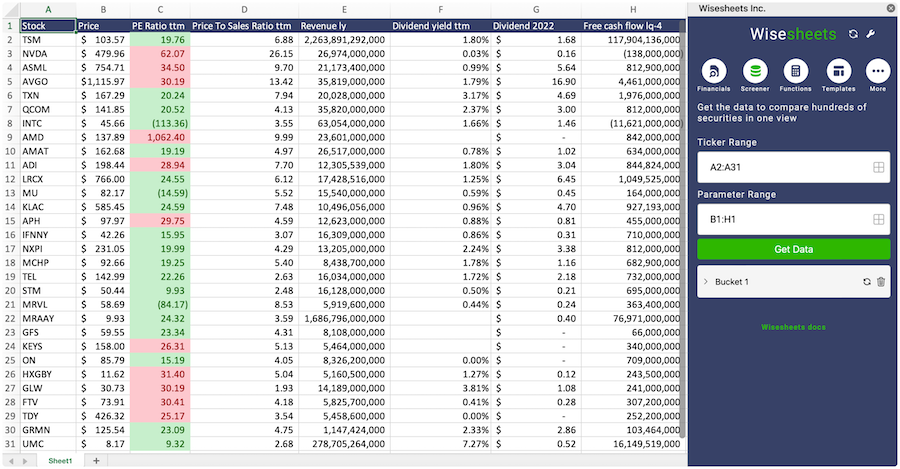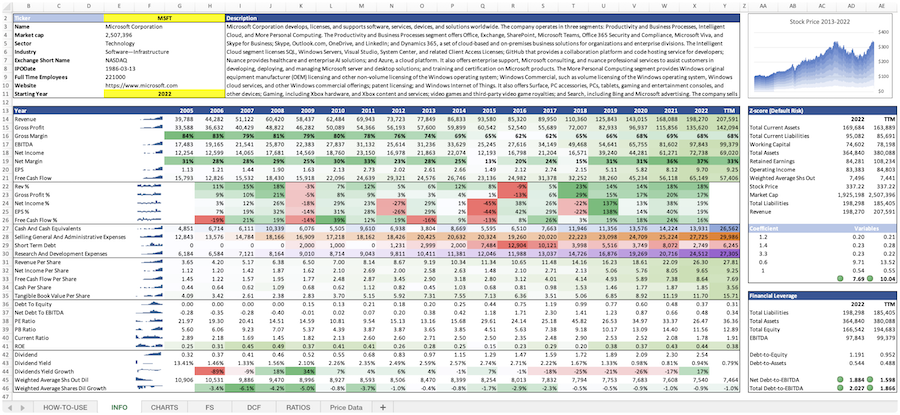SpareBank 1 Nord-Norge
NONG.OL
Price:
$148.44
Market Cap:
$14.90B
SpareBank 1 Nord-Norge provides banking services to personal and corporate customers in Northern Norway. It operates through Retail Market, Corporate Market, Leasing, and Markets segments. The company offers various savings, lending, insurance, and pension products, as well as payment services. It also provides secured loan financing, real estate leasing and agency, billing systems, and accounting solutions. It operates through a network of 38 locations in 36 municipalities in Nordland, Troms, Finnmark, and Svalbard. The company was founded in 1836 and is headquartered in Tromsø, Norway.
Industry
Banks - Regional
IPO Date
2003-01-02
Stock Exchange
OSL
Ticker
NONG.OL
PE Ratio
[9.54]
ROE
[15.80%]
Current Ratio
[0]
Dividend Yield
[5.89%]
Enterprise Value
[43.55B]
Dividend History
The PE Ratio as of December 2025 (TTM) for SpareBank 1 Nord-Norge (NONG.OL) is 9.54
According to SpareBank 1 Nord-Norge’s latest financial reports and current stock price. The company's current PE Ratio is 9.54. This represents a change of 86.37% compared to the average of 5.12 of the last 4 quarters.
SpareBank 1 Nord-Norge (NONG.OL) Historical PE Ratio (quarterly & annually)
How has NONG.OL PE Ratio performed in the past?
The mean historical PE Ratio of SpareBank 1 Nord-Norge over the last ten years is 4.27. The current 9.54 PE Ratio has changed 22.24% with respect to the historical average. Over the past ten years (40 quarters), NONG.OL's PE Ratio was at its highest in in the September 2025 quarter at 8.43. The PE Ratio was at its lowest in in the March 2019 quarter at 1.85.
Average
4.27
Median
4.21
Minimum
3.42
Maximum
5.28
SpareBank 1 Nord-Norge (NONG.OL) PE Ratio by Quarter and Year
Discovering the peaks and valleys of SpareBank 1 Nord-Norge PE Ratio, unveiling quarterly and yearly fluctuations to gain insights into the company’s financial performance and market dynamics, offering valuable data for investors and analysts alike.
Maximum Annual Increase = 15.61%
Maximum Annual PE Ratio = 5.28
Minimum Annual Increase = -22.22%
Minimum Annual PE Ratio = 3.42
| Year | PE Ratio | Change |
|---|---|---|
| 2024 | 3.42 | -16.90% |
| 2023 | 4.11 | -22.22% |
| 2022 | 5.28 | 6.71% |
| 2021 | 4.95 | 15.17% |
| 2020 | 4.30 | 12.49% |
| 2019 | 3.82 | -6.07% |
| 2018 | 4.07 | -6.24% |
| 2017 | 4.34 | 3.67% |
| 2016 | 4.19 | -0.92% |
| 2015 | 4.23 | 15.61% |
SpareBank 1 Nord-Norge (NONG.OL) Average PE Ratio
How has NONG.OL PE Ratio performed in the past?
The current PE Ratio of SpareBank 1 Nord-Norge (NONG.OL) is greater than its 3-year, greater than its 5-year, and greater than its 10-year historical averages
3-year avg
4.27
5-year avg
4.41
10-year avg
4.27
SpareBank 1 Nord-Norge (NONG.OL) PE Ratio vs. Peers
How is NONG.OL’s PE Ratio compared to its peers?
SpareBank 1 Nord-Norge’s PE Ratio is less than Pareto Bank ASA (9.80), less than SpareBank 1 Ringerike Hadeland (9.72), greater than SpareBank 1 Helgeland (9.08), greater than SpareBank 1 Østfold Akershus (8.86), greater than Sparebanken Møre (5.68), greater than SpareBank 1 Ostlandet (8.91), greater than Sparebanken Øst (2.95), greater than SpareBank 1 Nordmøre (3.59), greater than SpareBank 1 SMN (7.48), less than Morrow Bank ASA (12.98),
| Company | PE Ratio | Market cap |
|---|---|---|
| 9.80 | $6.76B | |
| 9.72 | $6.30B | |
| 9.08 | $4.93B | |
| 8.86 | $5.66B | |
| 5.68 | $5.51B | |
| 8.91 | $27.34B | |
| 2.95 | $1.60B | |
| 3.59 | $1.62B | |
| 7.48 | $28.90B | |
| 12.98 | $3.40B |
Build a custom stock screener for SpareBank 1 Nord-Norge (NONG.OL) and other stocks
One of the best ways to find valuable stocks to invest in is to build a custom made screener in your Excel or Google Sheets spreadsheet. This allows you to compare thousands of companies like SpareBank 1 Nord-Norge using the financials and key metrics that matter to you in a single view.
The easiest way to set this up is to use the Wisesheets add-on and set your spreadsheet like this:
Covering all these metrics from financial, data, dividend data, key metrics and more you can get all the data you want for over 50+ exchanges worldwide.
Get your free trial here.
SpareBank 1 Nord-Norge (NONG.OL) and other stocks custom spreadsheet templates
The easiest way to analyze a company like SpareBank 1 Nord-Norge or any others is to create a spreadsheet model that automatically retrieves all of the stock data you need.
Using Wisesheets you can set up a spreadsheet model like this with simple spreadsheet formulas. If you change the ticker you can get all of the data automatically updated for you.
Whether you need live data, historical price data, financials, dividend data, key metrics, analyst estimates, or anything else...Wisesheets has you covered.
Frequently asked questions❓
What is the PE Ratio?
How can you use the PE Ratio?
What is SpareBank 1 Nord-Norge's PE Ratio?
How is the PE Ratio calculated for SpareBank 1 Nord-Norge (NONG.OL)?
What is the highest PE Ratio for SpareBank 1 Nord-Norge (NONG.OL)?
What is the 3-year average PE Ratio for SpareBank 1 Nord-Norge (NONG.OL)?
What is the 5-year average PE Ratio for SpareBank 1 Nord-Norge (NONG.OL)?
How does the current PE Ratio for SpareBank 1 Nord-Norge (NONG.OL) compare to its historical average?

